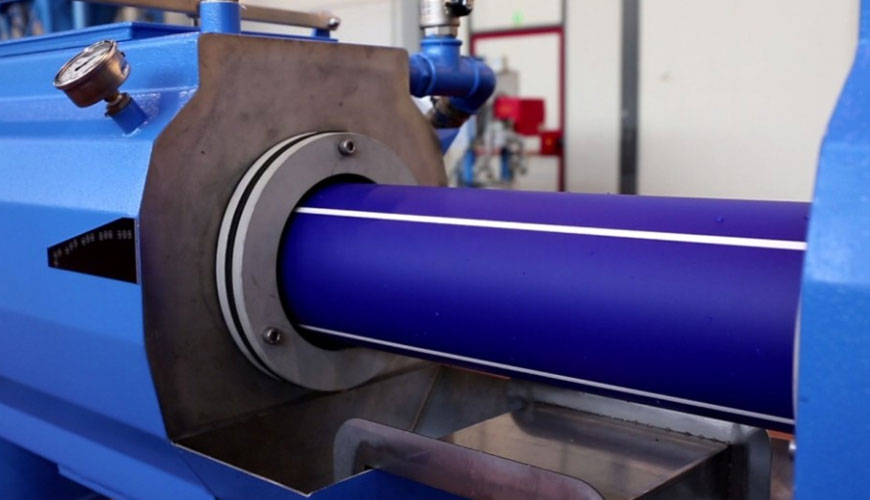

EUROLAB, with its state-of-the-art accredited laboratories and expert team, provides precise and fast testing services within the scope of EN ISO 6721-4 testing. This standard describes a forced, non-resonant method for determining the tensile complex modulus E* components of polymers at frequencies typically in the range of 0,01 Hz to 100 Hz.

The method is suitable for measuring dynamic storage modules in the range of 0,01 GPa to 5 GPa. Although materials with modules outside of this range can be studied, it is intended to use alternative deformation modes for higher accuracy.
This method is particularly suitable for the measurement of loss factors and can therefore be conveniently used to study the variation of dynamic properties with temperature and frequency over most of the glass-rubber relaxation region. The availability of data determined over wide ranges of both frequency and temperature enables the derivation of master graphs using frequency-temperature shifting procedures that show dynamic properties over an extended frequency range at different temperatures.
The sample is subjected to a sinusoidal tensile force or deformation at a frequency significantly below the fundamental resonant frequency for the clamped/free longitudinal mode. The amplitudes of the force and displacement cycles applied to the sample and the phase angle between these cycles are measured.
The term transducer in this standard refers to any device capable of measuring the applied force or displacement as a function of time, or the ratio of these quantities. Calibrations of transducers must be traceable to national standards for force and length measurement. Calibrations shall be accurate to ± 2% of the minimum force and displacement cycle amplitudes applied to the sample to determine dynamic properties.
Rectangular test specimens are recommended to facilitate load entry. The width and thickness should not change more than 3% of the average value along the sample length. It is also recommended that the length of the specimen between clamps be longer than six times the specimen width, to render the restriction on free lateral contraction of the specimen by the clamps negligible.
EUROLAB assists manufacturers with EN ISO 6721-4 test compliance. Our test experts, with their professional working mission and principles, provide you, our manufacturers and suppliers, the best service and controlled testing process in our laboratories. Thanks to these services, businesses receive more effective, high-performance and quality testing services and provide safe, fast and uninterrupted service to their customers.
To get an appointment, to get more detailed information or to request an evaluation, you can ask us to fill in our form and reach you.